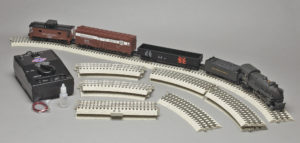
ATLAS O’S PEDIGREE includes the Atlas product lines in N and HO scales. The same attention to detail and overall quality that goes into the Atlas product line is the foundation of Atlas O’s three product groupings: The Master line of rugged, high-end, superbly detailed O scale locomotives and rolling stock; the Trainman line of sturdy O scale locomotives and rolling stock with slightly less added detail; and the Industrial Rail line, targeting entry-level operators with colorful products that are built to last past the holidays.
Let’s open the box
The Industrial Rail set features a petite 4-4-2 Atlantic steam locomotive, two freight cars, and a caboose, a loop of track and an 80VA transformer.
You can’t get around it, the steamer is small – smaller than the typical starter-set steam locomotive. But keep in mind that this diminutive iron horse was designed to pull short trains in a starter set. And recall that the goal is an affordable, well-made train rather than a high-dollar collectible.
The model is well-executed and well-crafted. You can see that it is a representation of a Pennsylvania RR 4-4-2. The die-cast metal boiler is clean and crisp, and it has a good level of cast-in detail like bands, seams, and rivets.
While the pilot is fairly generic, it does have the unmistakable Pennsy-style slats across the front, though the front coupler is just a metal nub. Above the pilot, the smokebox is well-accented with rivets, cast-in hinges, and grab irons. An add-on grab iron arcs across the top, just behind the headlight.
The running gear is ultra-simple, almost too stark, but a child of the 21st century probably won’t notice. Besides, I’m not certain it would have been worth the price increase to have had a more elaborate rigging.
I found myself liking the tender, just because it isn’t like the tenders offered in most starter sets. It is flat and compact and has a nice cast-in coal load.
The “play-value” car in the set is the gondola. It is well made and has nice graphics; the play value comes with being able to put things in it and take them out.
Personally, I like the “money maker” car – the Pennsy Merchandise Service car. I like it because you don’t need to load or unload the car.
Why do I call it the “money maker”? To quote Darren McGavin in the movie A Christmas Story, when he was looking at the wooden crate that the express men had just delivered “Why there could be anything in there.” My thoughts exactly. The car, dedicated to LCL, or “less than carload” cargo service might be carrying gold, Nylon stockings, or enough Crosley radios to warm up the Capitol building. In short, the stuff dreams are made of.
The boxcar has a simple level of detail with cast-in rivets, a roofwalk, ladders, and an add-on brake wheel.
The caboose is pretty neat – it replicates a Pennsylvania N5b-class car (more than 20 of which still exist). It is nicely detailed with sunshades on the side windows and cupola windows. There are cast-in grab irons on each corner of the car, and the end platforms, with their railings, brake wheel and chains, and ladders, look sharp. The Pennsy road name and nomenclature, such as “Eastern Division,” are well applied, they are clear and very crisp. So in my book, the train is a nice and serviceable outfit.
What about “the other stuff”?
I really, really, really like the Industrial Rail track system. This may be the best combination of tubular three-rail track (with its superb electrical conductivity and T-formed rail) and a realistic plastic roadbed. The bed snaps together nicely, and it disassembled with ease.
Our sample outfit came with a 40 x 60-inch oval of track (12 O-36 curved sections, three straights, and a straight terminal section).
The power is supplied by an Atlas O no. 1000080 80VA transformer (a maximum of 80VA to the track and 30VA to accessories). An 80VA transformer will provide enough juice for your immediate needs, and the output for accessories (buildings, signals, lights, and so forth) is a good bonus.
Blowin’ and goin’
The 4-4-2 is a peppy little steamer that operates only in conventional mode. The locomotive and tender are electronically connected with rather fragile looking wires.
The smoke unit delivers a wispy stream of smoke. I noticed that the higher the throttle, the better the output, but this also increased the danger of the Atlantic leaping into orbit! Headlamp brightness was satisfactory.
The weak link is the locomotive whistle. It didn’t sound loud enough or maybe just clear enough to have a gee-whiz impact. Still, a starter-set train with some sound is better than one with no sound at all, especially when considering the targeted audience being kids.
Running the locomotive through our standard testing regimen, we eked out some slightly improved low-speed numbers over those we did when we tested the Southern Ry. version of the locomotive in our February 2008 issue.
Our low-speed average was 16.5 scale mph, and the high-speed average was 81 scale mph. I’m sure if you have a longer straightaway than we do, you can get the locomotive to move a bit faster.
Drawbar pull was 14 ounces, which is pretty decent for a small locomotive equipped with just a single traction tire.
In a nutshell, the Industrial Rail steam starter set is a well-made product. The size of the locomotive may cause an experienced modeler to balk – but the veteran three-railer isn’t really the target for this product.
Will the newbie have fun? You bet. Will the newbie want to expand his or her railroad? Could be. Will the giver of this gift have a hoot setting it up for the youngsters? You betcha!






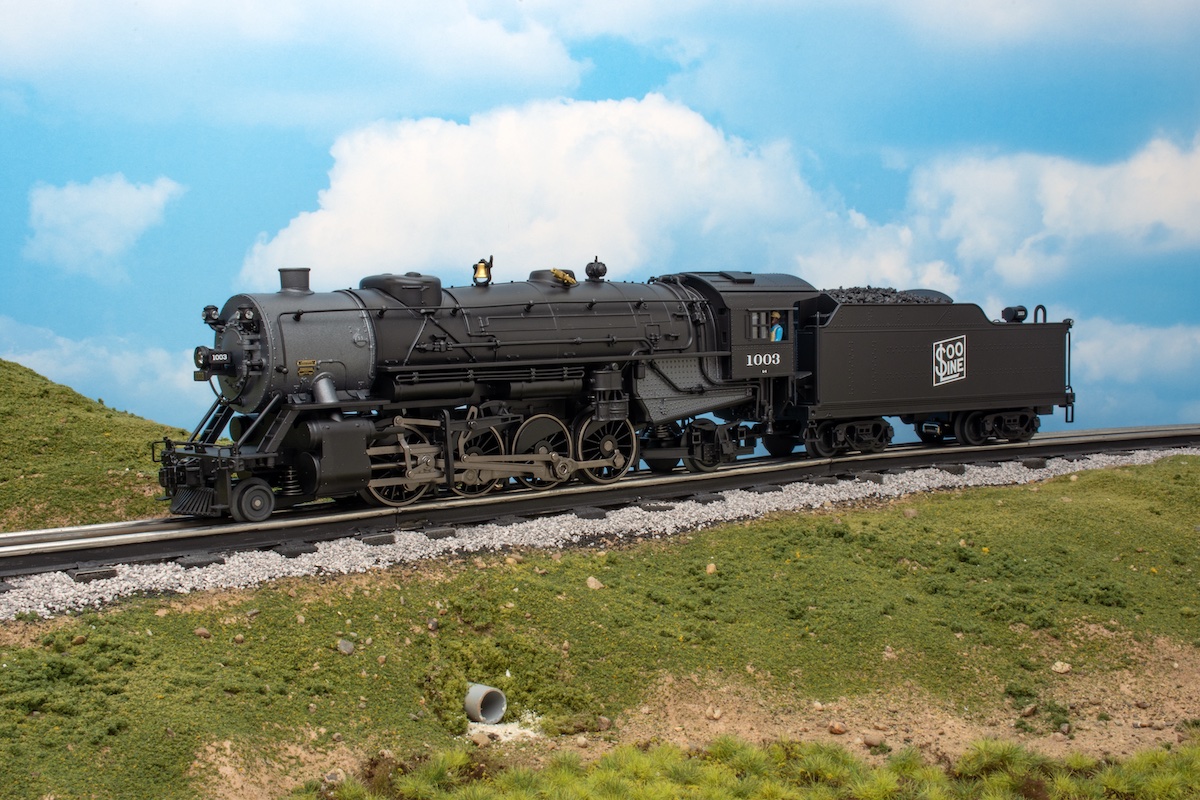
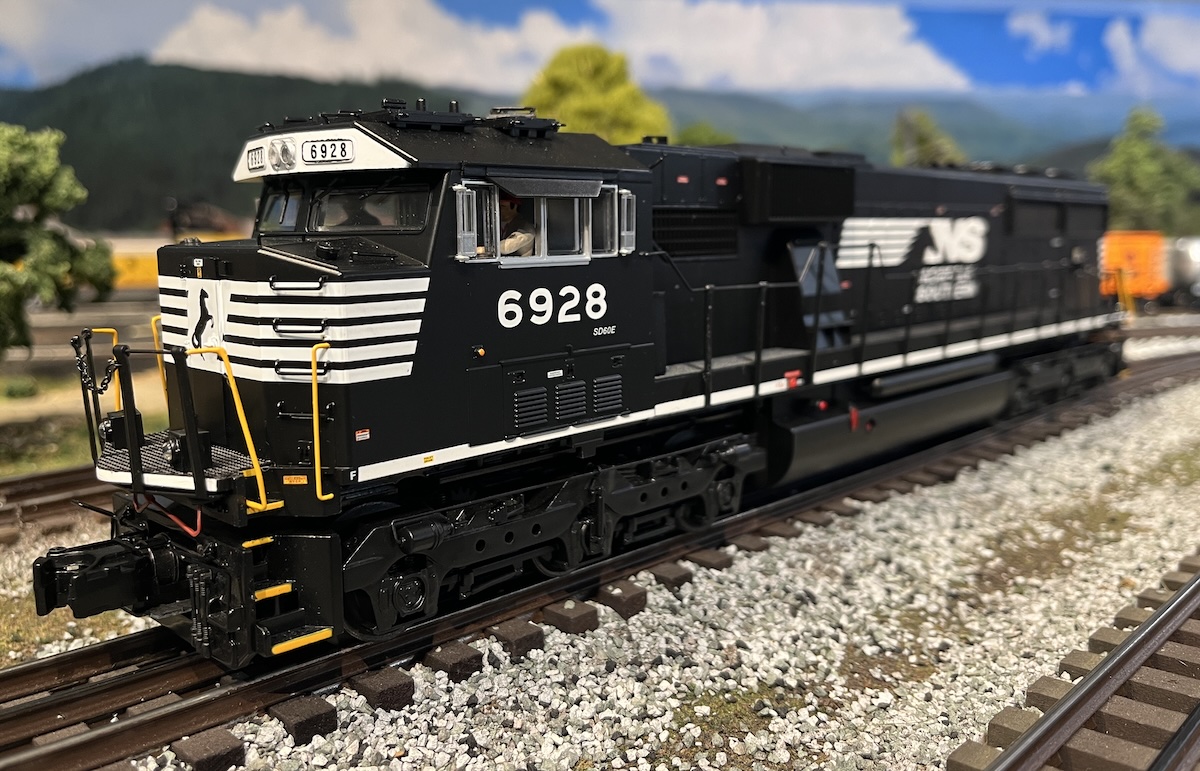
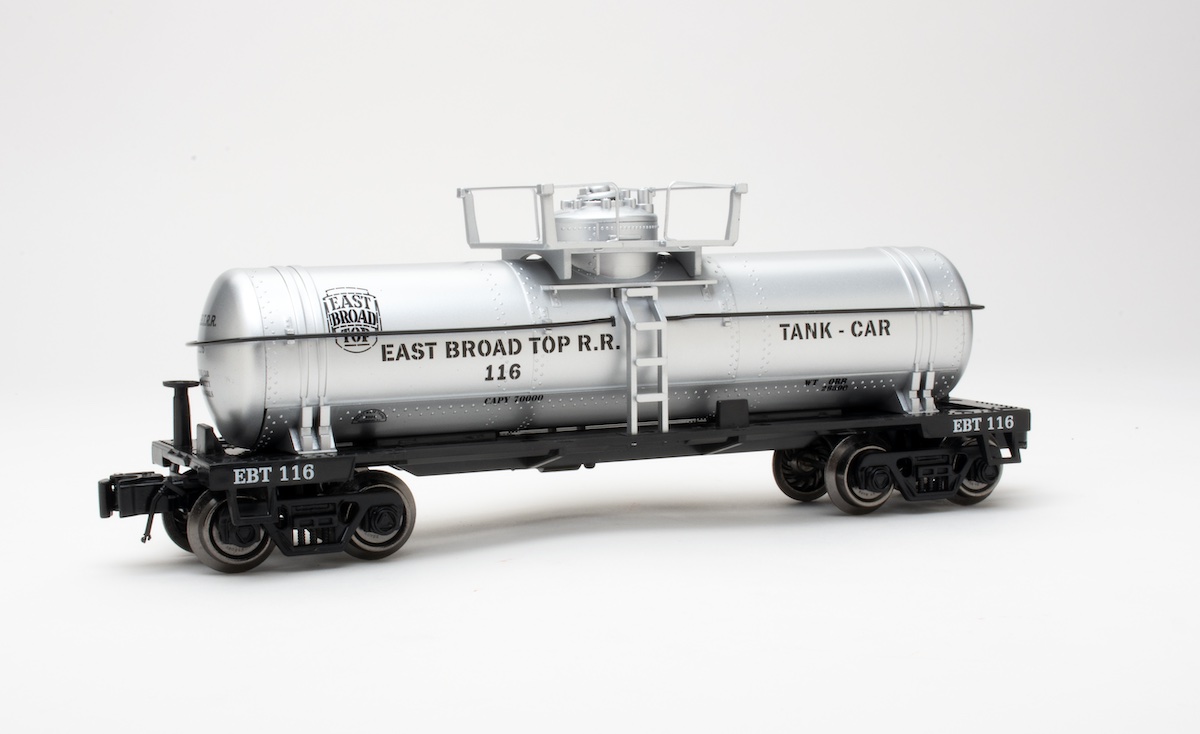
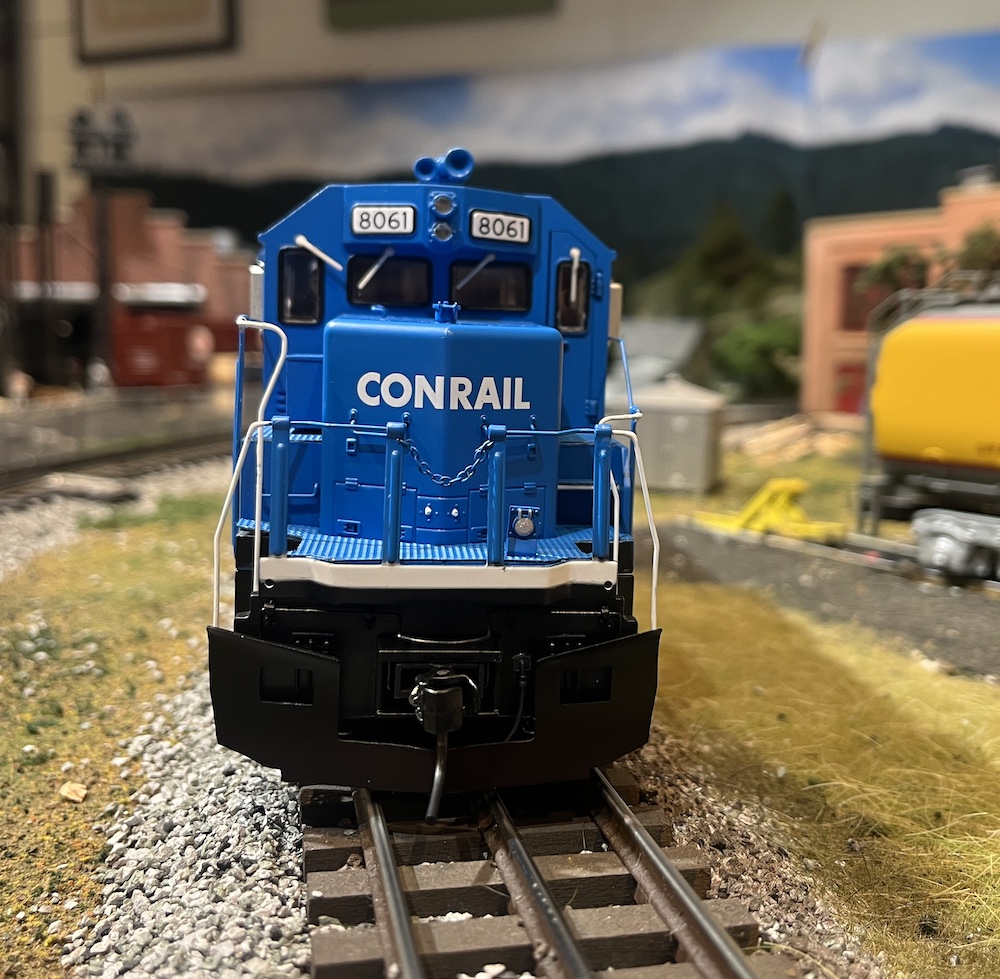




(Please note: This is a re-posting of comments I just made on the earlier CTT review of the Atlas O Industrial Rail 4-4-2)
I just recently purchased one of these Atlas O Industrial Rail 4-4-2’s (loco only) second-hand on eBay. It seems to be in good shape and runs well after cleaning and lubrication.
The reversing unit seems balky. Do I assume correctly that it is an electronic reversing unit? The F-N-R-N-F sequence does not always follow through, especially at lower voltages. It almost seems as though one needs a somewhat higher voltage for the reversing system to work, and even then, it does not always do so. Has anyone else experienced this problem, and if so, is there anything one can do about it? Thank you.
PS: By “somewhat higher voltage” I mean about 8 volts AC. At 8 volts, the locomotive is moving along at fairly high speed so that engaging the reversing system is unwieldy (either by interrupting power or by stopping the loco by turning down the throttle and then turning it back up again). If it is pulling a train, things get really clumsy.
I know this is a late comment but i've noticed some reviewers noting a lack of valve gear on the Locomotive. That is an accurate representation as the loco originally had it' valve gear on the inside.
I like the locomotive as well. Although the locomotive seems on the small side, Atlas did a good job by adding a wire connection from the engine to the tender for an additional power connection. This feature allows this engine to easily navigate long switches without stalling.
The sound is much more that I expected when compared to other sets and all of the components are neatly stored in the locomotive. No complicated issues that will turn off young users and their parents on this product.
Nice. You might not buy it for the new track but if I were just starting out this would be a big selling point to me. Bob, I enjoy your presentations. It especially helpful to be able to actually hear the sound systems in action.
Basic starter set but very enjoyable.Sure the 4-4-2 is a tad small but a real E-6 wasn't all that big either and like the real E-6 this baby moves right along.Sounds are neat–a pseudo "Banshee Screamer".